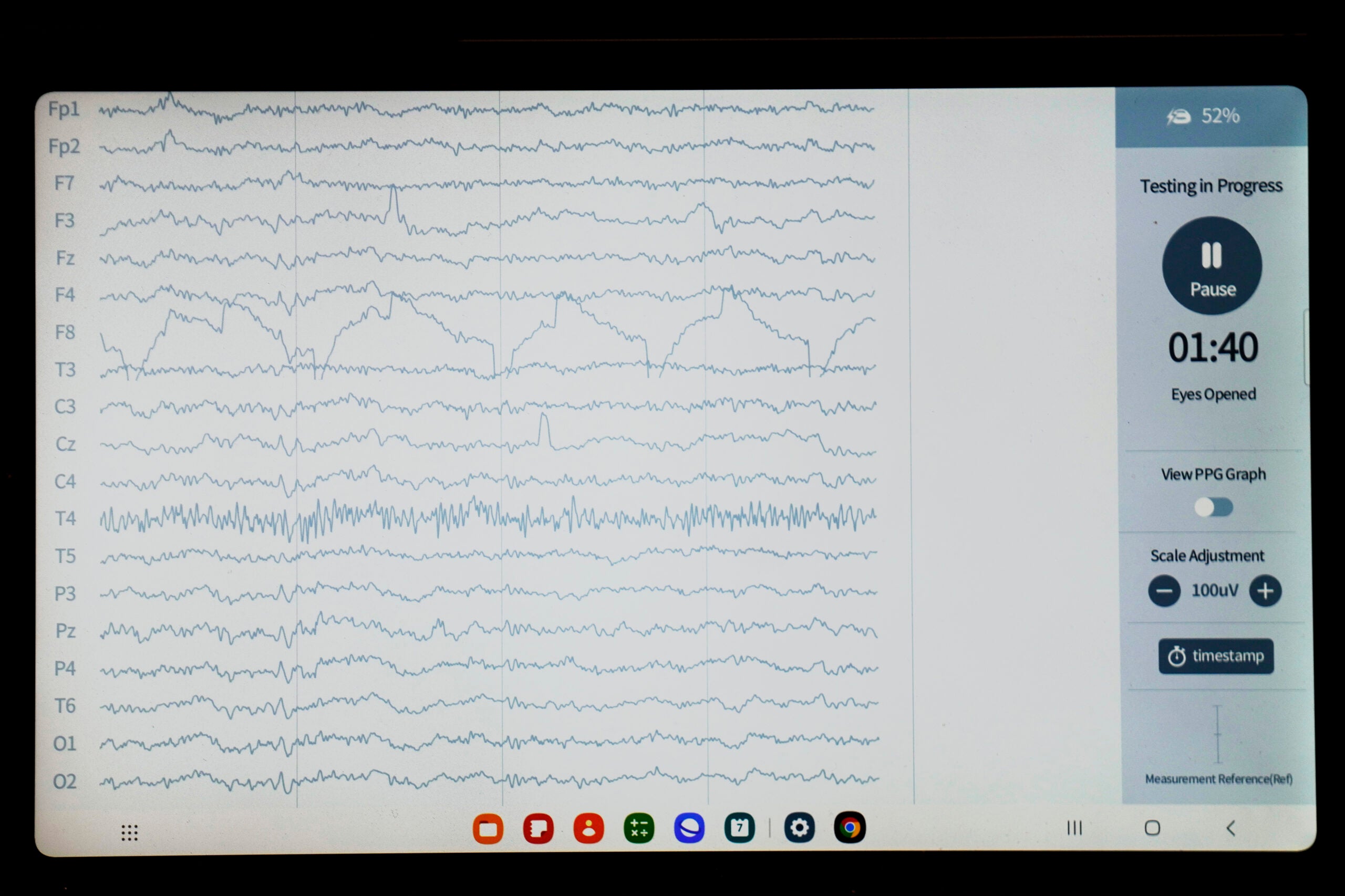Artificial intelligence is already being used by some Wisconsin health care providers to help diagnose and treat patients. That’s led industry leaders to work to establish a playbook for using the technology ethically.
Physicians and nurses are using AI to write responses to online patient questions and transcribe patient visits. Health care providers also use the technology to evaluate large datasets, assist radiologists with image analysis and predict which patients face fall risks.
Similarly, Wisconsin Economic Development Corp. Secretary Missy Hughes told WPR in late 2023 that AI is being used by health care providers to help predict the efficacy of treatments, predict the likelihood of a disease returning or to help doctors confirm a diagnosis. She highlighted work being done by the Medical College of Wisconsin using AI to predict and more successfully treat pancreatic cancer and to help treat children with epilepsy.
News with a little more humanity
WPR’s “Wisconsin Today” newsletter keeps you connected to the state you love without feeling overwhelmed. No paywall. No agenda. No corporate filter.
This summer, UW Health and Verona-based Epic Systems organized a summit in Washington, D.C., with health care leaders, federal officials, academics, insurance industry leaders and tech companies to discuss how AI is being used and next steps for the technology.
UW Health and Epic released a report with policy recommendations around AI and recapping the roundtable last week.
Frank Liao, senior director of digital health and emerging technologies at UW Health, said the summit was held because artificial intelligence has the potential to improve the delivery of health care, but it’s still a relatively new and developing technology.
“It’s both scary and exciting at the same time,” he said. “We definitely wanted to provide an avenue where we could provide guidance to policymakers for how we can move forward with AI in a safe and effective manner.”
According to the UW Health report, artificial intelligence could be used to help address workforce shortages in the health care industry, but providers need to be transparent around the technology’s use and make sure there’s equitable access to it in both rural and urban communities.
Hospitals and health systems have reported workforce shortages since the COVID-19 pandemic. From September 2021 to September 2022, overall staffing vacancy rates at hospitals remained unchanged at roughly 10 percent, up from 5.3 percent in 2020, according to the Wisconsin Hospital Association.
The UW Health report says the use of AI can help with efficiency so providers can focus on face-to-face interactions with patients.
“We definitely see AI as being there to help our staff, and I will just come out and say it is not here to replace our workforce,” said Liao. “We see it as something that will help the existing workforce that has already burned out or in some cases starting to get burned out.”
Somesh Jha, a computer science professor at the University of Wisconsin-Madison, said artificial intelligence does have the potential to eliminate jobs across industries.
But he pointed to radiologists using AI to help read X-Rays or lawyers using it to help write legal briefs as examples where humans are still needed to double check the artificial intelligence’s work. That’s because, he said, artificial intelligence can sometimes “hallucinate.”
“Sometimes they actually make up stuff,” he said. “That means that you will need somebody … who understands the whole loop of the generative AI and the workflow so that they can put guardrails around these things.”
The UW Health report also said it’s critical for health care providers to be transparent about implementing artificial intelligence to build trust between patients and providers. Ensuring transparency, the report says, requires informing patients when AI is being used and being explicit about data use by providers.
Liao said building that trust between patients and providers is a multi-step process that includes getting “explicit consent” from patients before using it.
He said transparency also requires health care providers to provide a list of artificial intelligence “dos and don’ts” to employees. That includes reminding workers they retain authorship of anything they use AI for.
“If I use a tool, like Chat GPT, and it helps me summarize a document, ultimately, I’m still accountable for making sure I double check that document,” Liao said. “As soon as I put my name on it, it’s my authorship.”
Wisconsin Public Radio, © Copyright 2025, Board of Regents of the University of Wisconsin System and Wisconsin Educational Communications Board.







